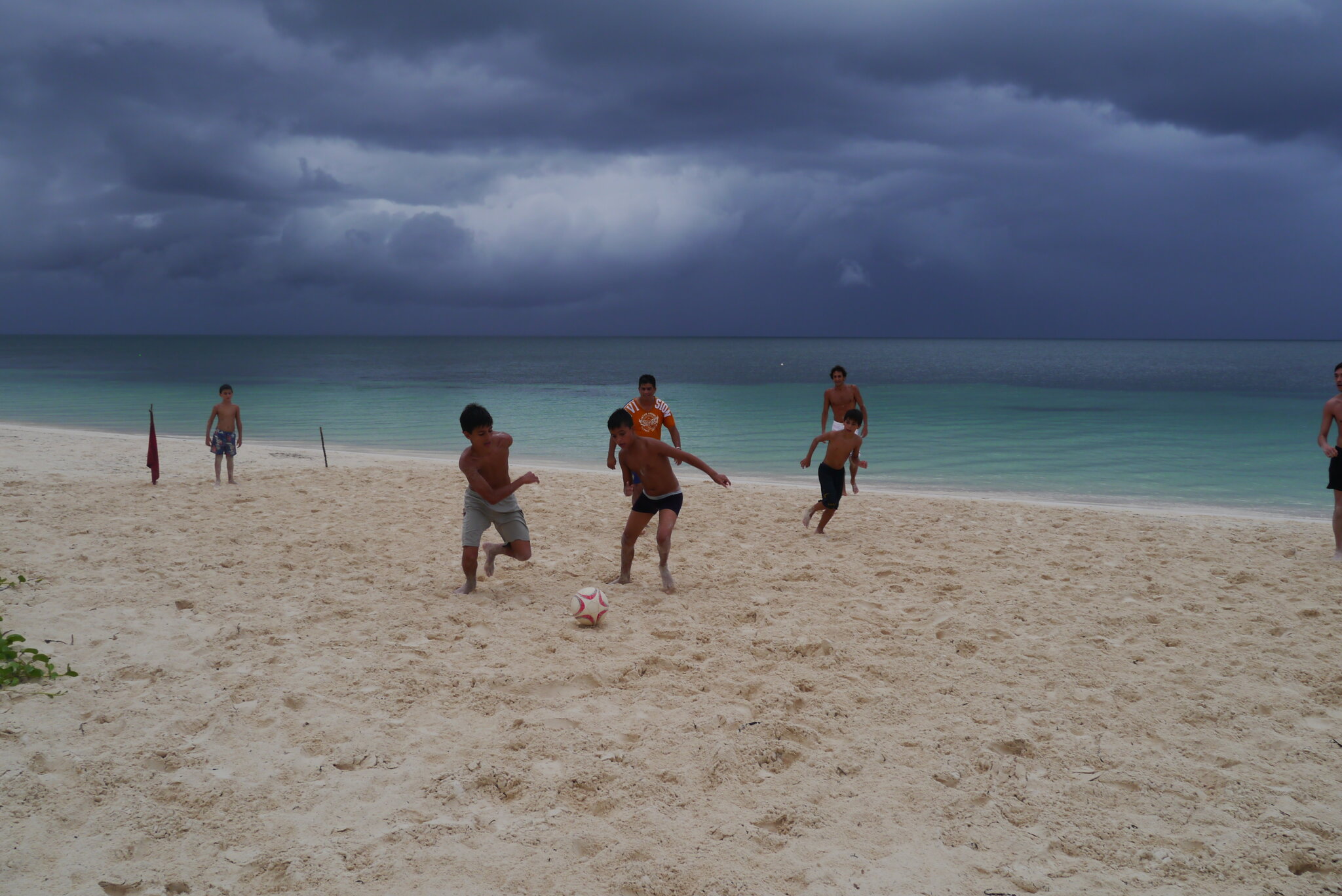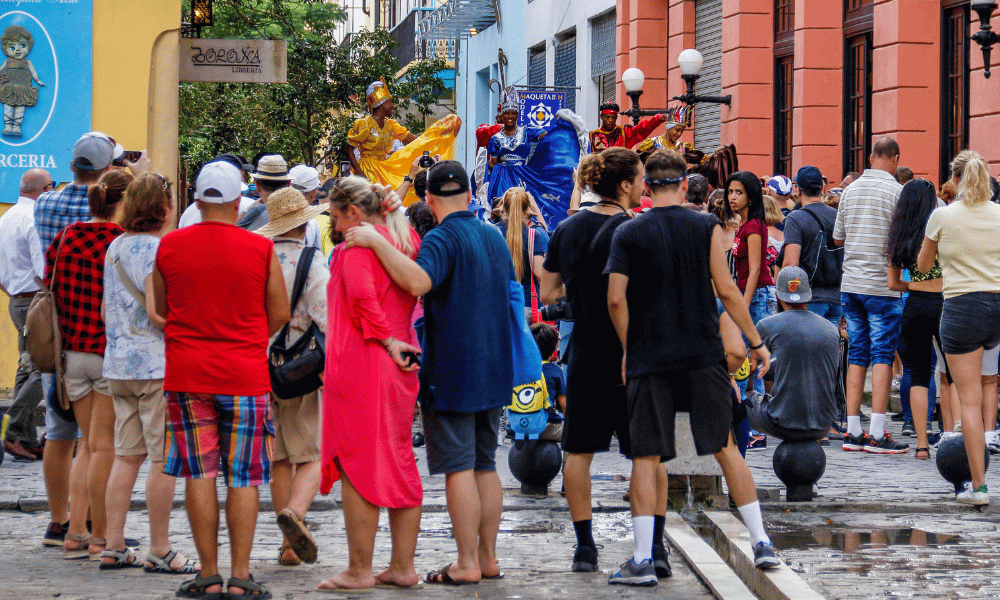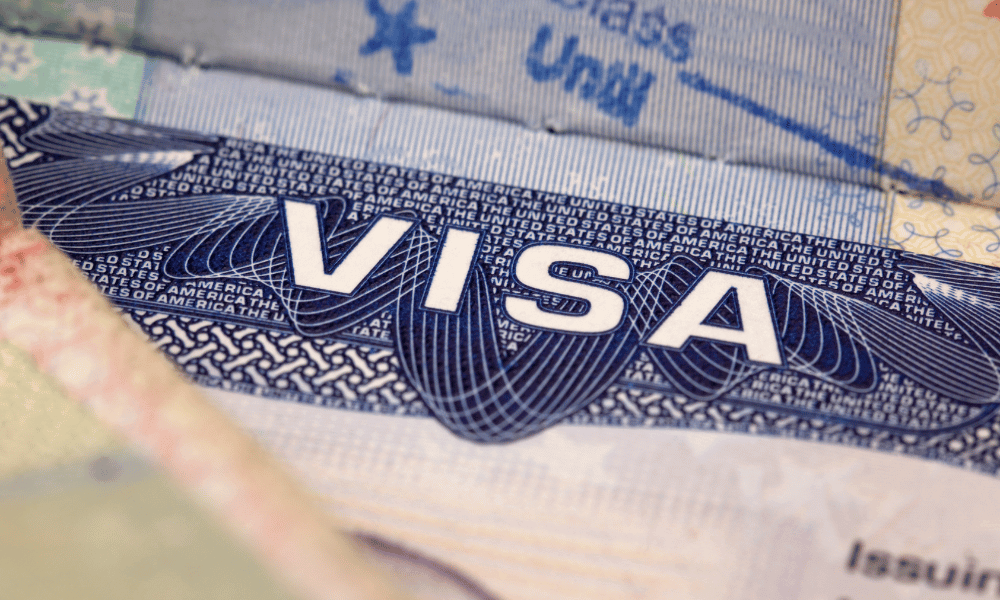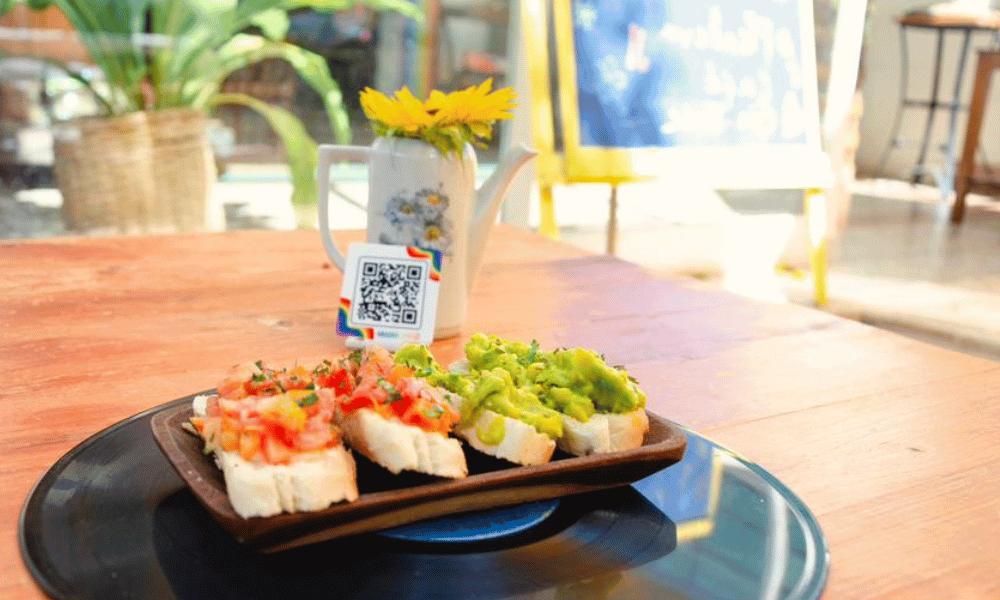When you hear “hurricane season,” you might imagine ferocious winds, shuttered windows, and scrapped holidays. But in Cuba, where resilience and rhythm flow through everyday life, hurricane season brings its own collection of captivating surprises — and even some unexpected delights.
Here’s what travellers (and curious explorers!) should understand about Cuba’s tempestuous season — and why it’s far from being all doom and gloom.
The Season That Keeps You Guessing
Officially, Cuba’s hurricane season spans from 1st June to 30th November, with the most intense months usually being September and October. Naturally, Mother Nature enjoys catching us off guard — storms have occasionally emerged outside this timeframe, adding an extra element of unpredictability to the tropical weather!
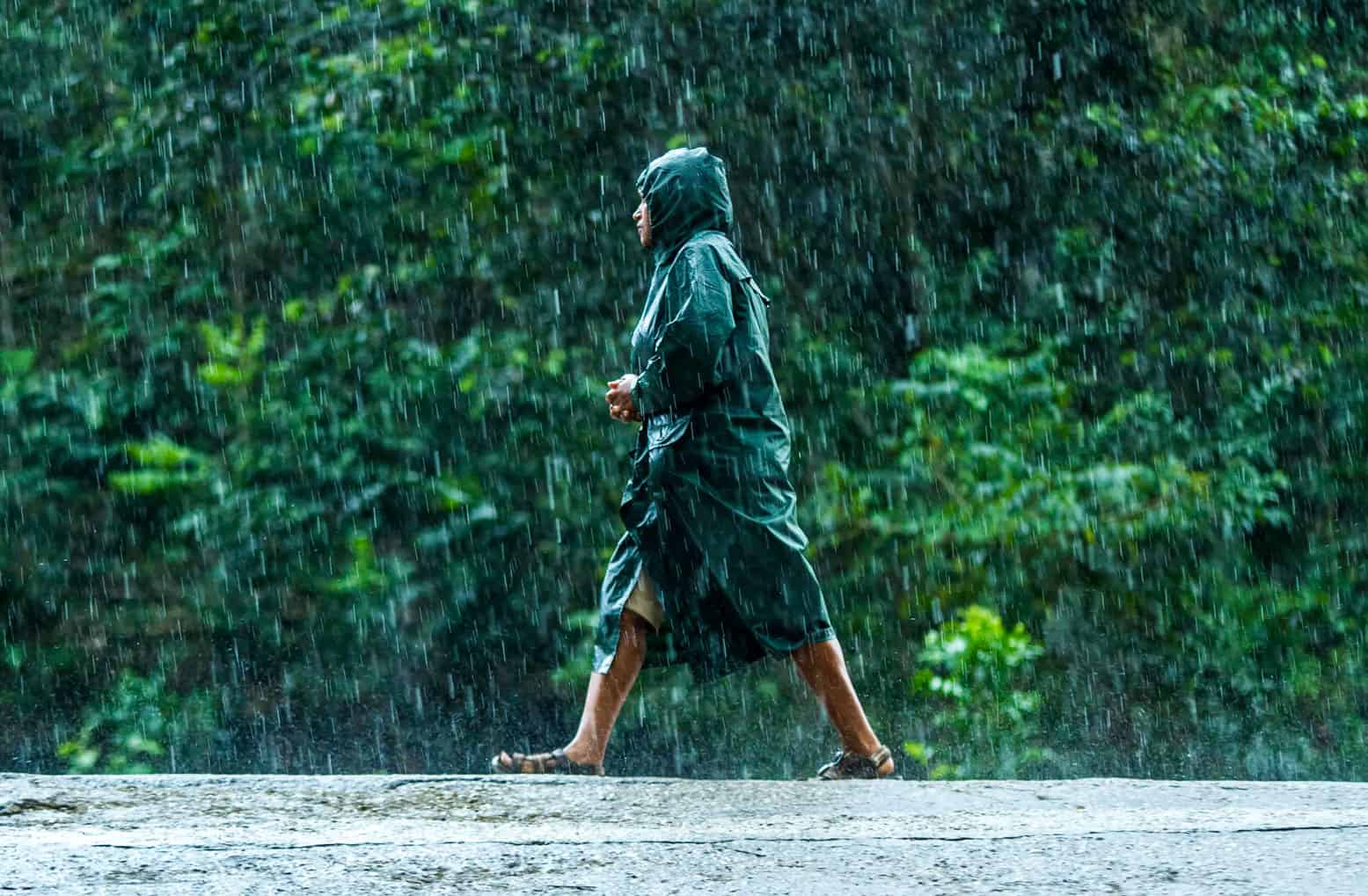
A Hurricane-Hardened Island
Cuba’s Caribbean location means it has endured over 100 major hurricanes during the past century. However, it’s also amongst the most well-prepared nations in the region. The government’s Civil Defence system receives international recognition — evacuation exercises are standard practice, emergency shelters stand ready, and residents know precisely what steps to take.
Radio Reloj: Cuba’s Lifeline
During hurricane warnings, Cubans throughout the island listen devotedly to Radio Reloj — the legendary clock radio station. Broadcasting round-the-clock updates (even during power cuts, thanks to battery radios), Radio Reloj serves as a reliable companion during turbulent weather.
Built to Withstand the Storm
Numerous Cuban homes and public structures feature hurricane-resistant characteristics: robust masonry walls, sturdy wooden shutters, and intelligent architectural elements that permit air circulation whilst keeping rain and wind at bay. The older colonial buildings in Havana may bear scars, but they’ve remained steadfast through innumerable storms.
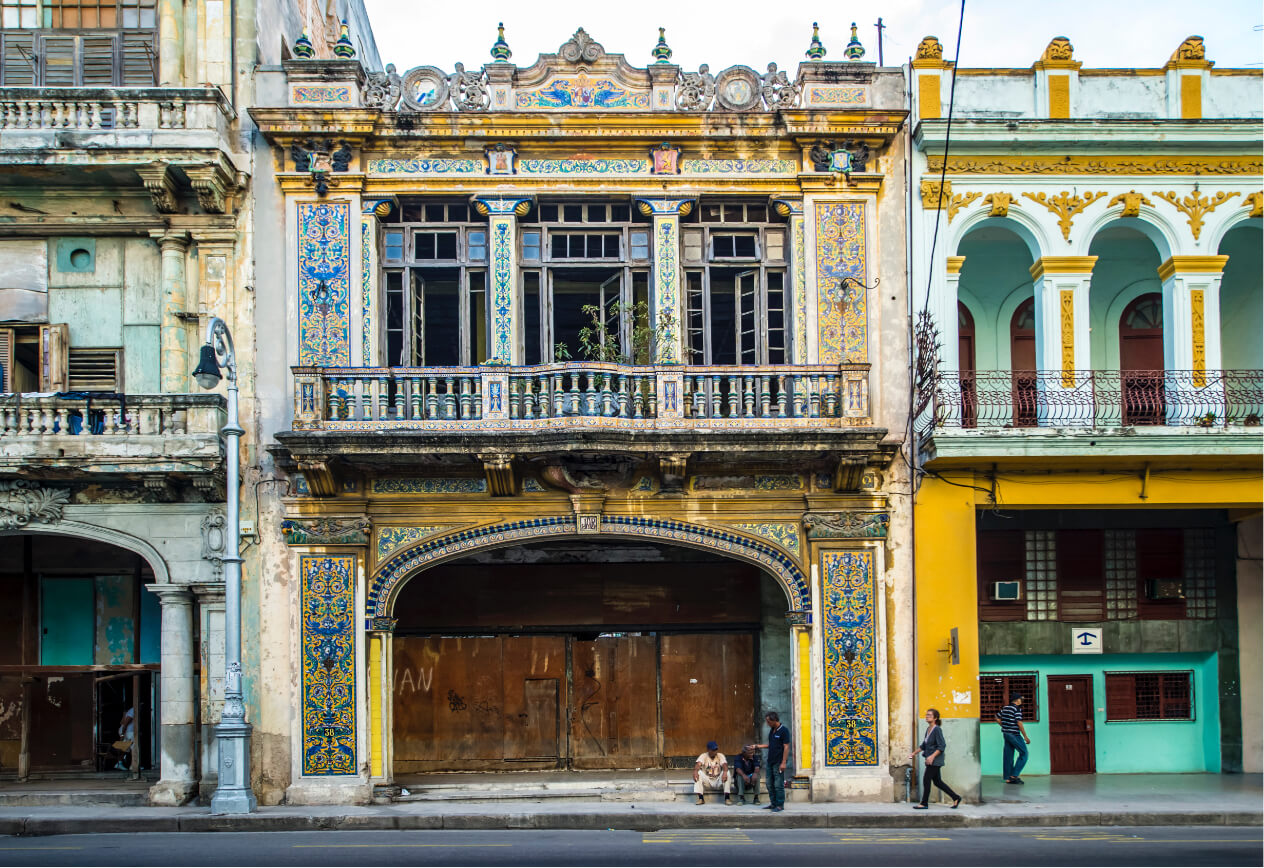
Dancing in the Dark
One of the most charming elements of hurricane season in Cuba? The spirit of its people. Even when electricity fails, la vida sigue (life continues). Families congregate by candlelight, guitars emerge, domino matches commence, and spontaneous neighbourhood gatherings materialise. Portable speakers supply the soundtrack and, as always, Cubans discover something to chuckle about even whilst the winds rage — evidence that Cuban resilience is as much cultural as it is architectural.
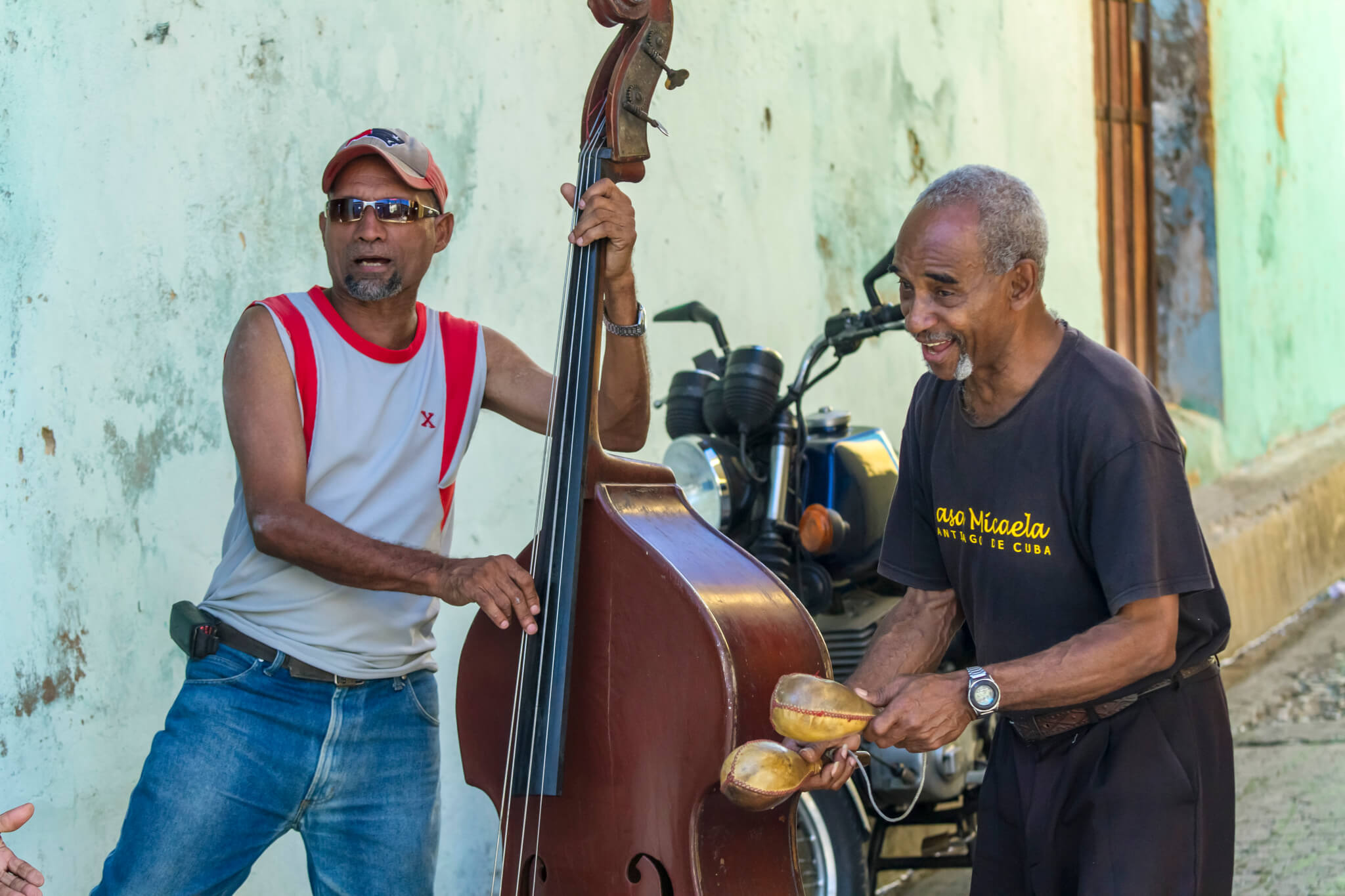
Beware the Flying Mangoes!
Here’s an amusing detail: mango season coincides with hurricane season! When a storm approaches, locals playfully caution about falling mangoes — a ripe, weighty mango propelled by a powerful gust can be as perilous as any flying debris. Duck and take cover!
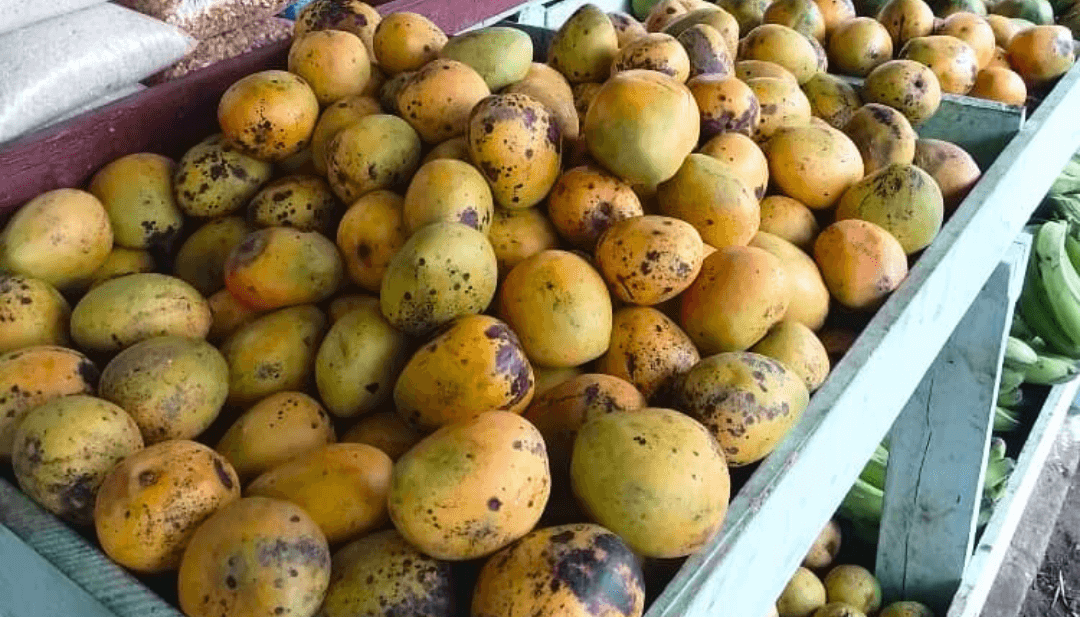
Nature’s Remarkable Recovery
One of the island’s greatest marvels is how swiftly nature recovers following a storm. Within days, you’ll witness hibiscus flowering, flamboyant trees bursting into crimson, banana plants unfurling fresh leaves. The landscape revives rapidly — a testament to the tropical ecosystem’s extraordinary resilience.
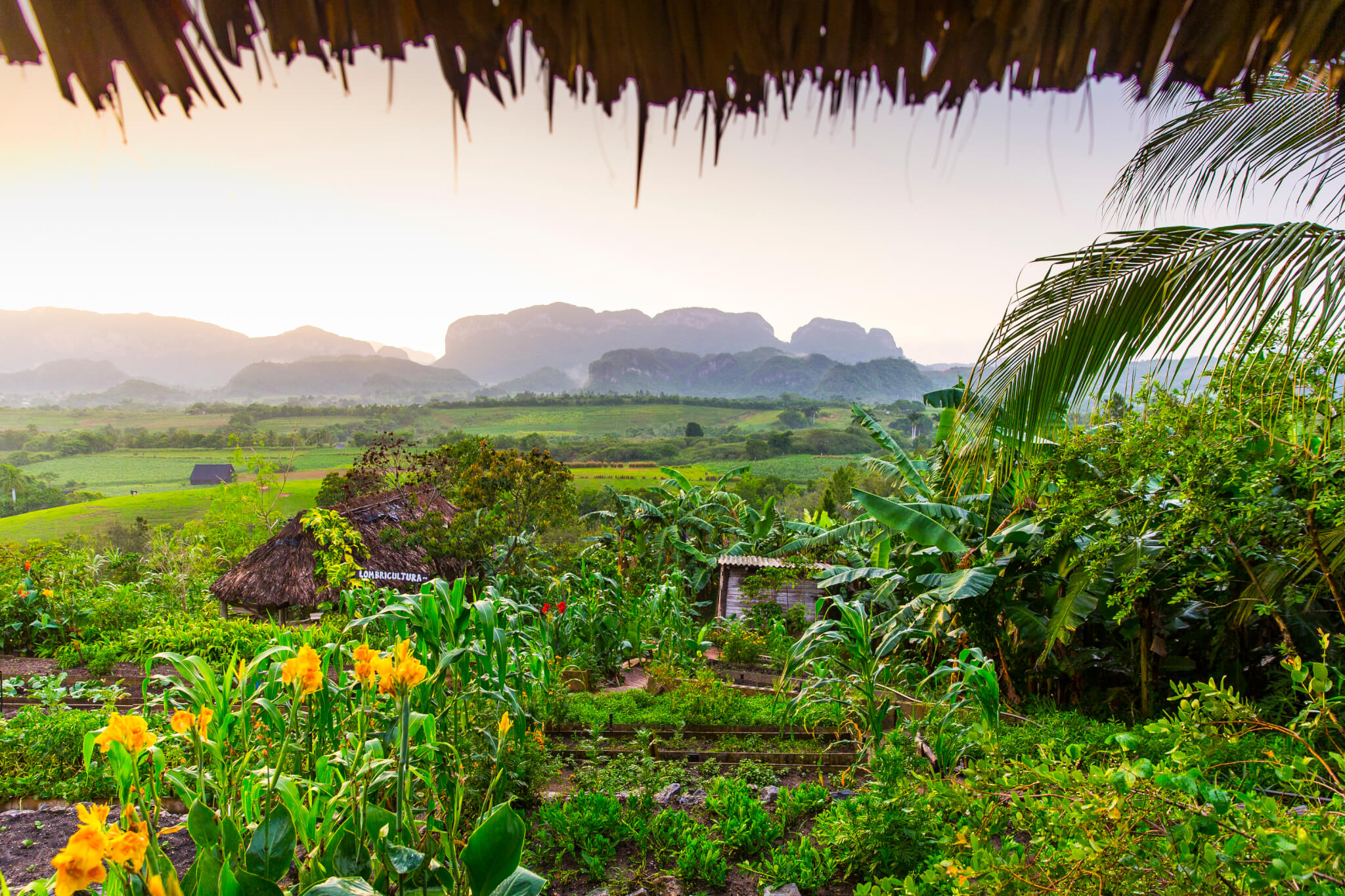
In summary? Hurricane season in Cuba isn’t grounds to avoid the island — it’s a glimpse into Cuban life at its most genuine, adaptable, and indeed, joyful. If you time your visit correctly, you’ll encounter fewer tourists, verdant landscapes, and a facet of Cuba that few outsiders truly comprehend.
Intrigued? Ready for an adventure? Come and discover for yourself — and pack a decent waterproof… and perhaps a mango-proof hat!


